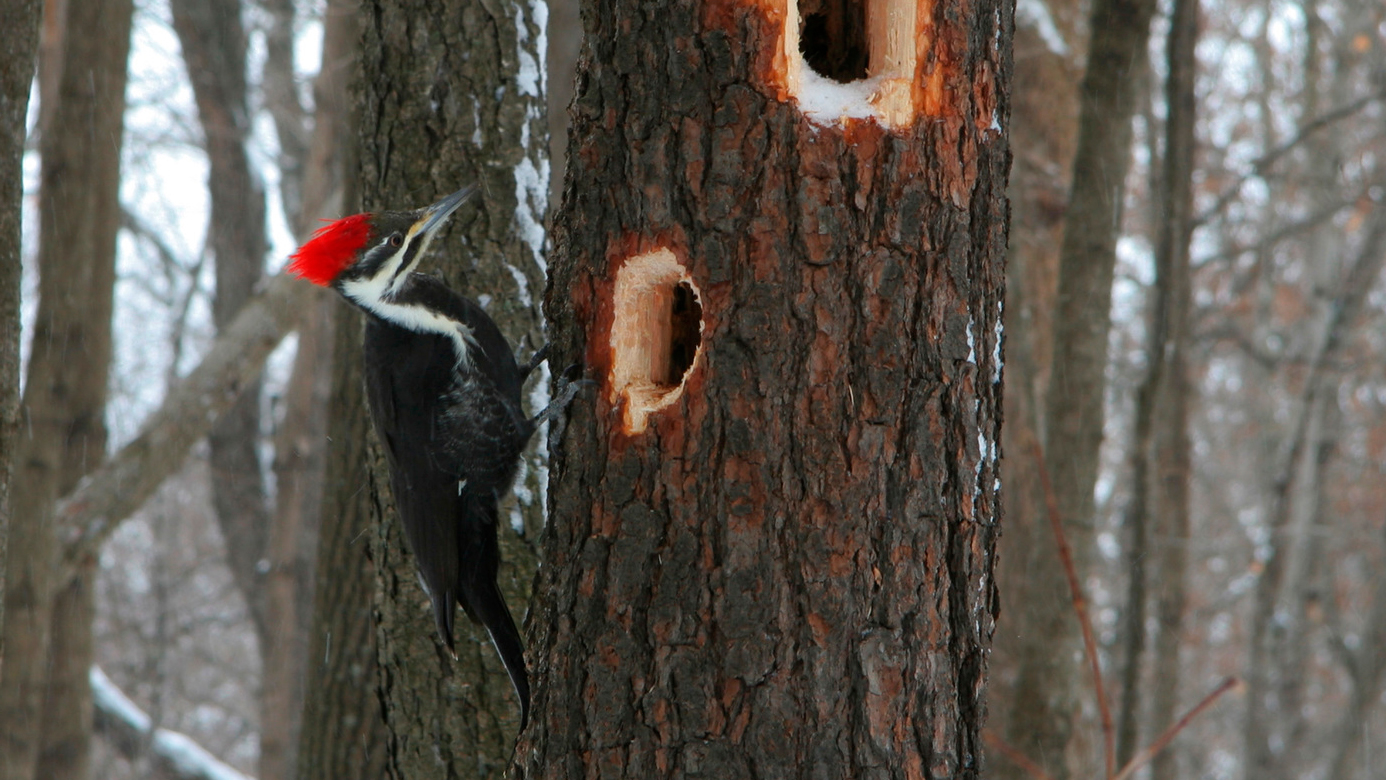Discover the Remarkable Globe of Woodpeckers: Whatever You Need to Know
The world of woodpeckers is a world filled with one-of-a-kind habits, intricate adjustments, and a varied range of types. From their environments and distribution patterns to their feeding habits and specialized physiological features, woodpeckers have actually long astounded the interest of ornithologists and nature lovers alike.
Woodpecker Habitats and Distribution
Woodpeckers occupy a diverse variety of atmospheres worldwide, showcasing versatility in their circulation patterns. These resistant birds are found in woodlands, woodlands, savannas, and deserts across various continents, demonstrating their ability to flourish in different climatic problems. In The United States and Canada, for instance, woodpeckers can be detected in both coniferous and deciduous woodlands, utilizing their strong beaks to forage for insects and produce nesting tooth cavities in trees. In Africa, particular woodpecker types have adjusted to dry atmospheres, such as the acacia forests, where they play an important role in controlling insect populations.

Feeding Behaviors and Diet
Among the different elements of their habits, woodpeckers display unique feeding practices and nutritional preferences. These birds are primarily insectivores, with a diet that includes ants, beetles, caterpillars, and other insects found in trees. Woodpeckers utilize their strong beaks to drill into the bark of trees, penetrating for pests and larvae concealed underneath the surface area. Along with pests, woodpeckers additionally eat nuts, seeds, fruits, and sap. Some varieties have actually specialized tongues with barbed ideas that help them draw out pests from crevices in timber.
Woodpeckers are recognized for their drumming habits, which offers not just to interact with other woodpeckers yet likewise to locate food. The rapid drumming audio is developed by the bird pecking on powerful surfaces like dead trees or steel posts. This behavior can bring in bugs hidden in the wood, allowing the woodpecker to identify their existence and feed upon them.
Unique Adjustments for Tree Climbing
In their skilled pursuit of insects hidden within tree bark, woodpeckers have actually developed remarkable physiological features that outfit them with distinct adaptations for effective tree climbing. Among the essential adjustments is their zygodactyl feet, with two toes pointing onward and 2 directing backwards, offering a solid hold on tree trunks. This specific foot arrangement permits woodpeckers to hold on to upright surfaces easily, enabling visit our website them to relocate up and down trees with agility. Furthermore, woodpeckers have stiff tail plumes that serve as an encouraging prop while they climb, assisting in balance and stability. Their solid, chisel-like beaks are not only utilized for exploration into timber but additionally for grasping onto bark as they ascend tree trunks. Moreover, woodpeckers have strong neck muscular tissues and an one-of-a-kind skull framework that take in the influence of continuous pecking, allowing them to climb up up and down without creating harm to their brains. These adaptations showcase the amazing transformative layout that enables woodpeckers to navigate trees with precision and efficiency.
Diverse Woodpecker Variety Worldwide
With over 200 various varieties spread out across various habitats worldwide, the household of Picidae includes an exceptional diversity of woodpeckers. These birds can be discovered in forests, woodlands, savannas, and also urban locations, showcasing their flexibility to various atmospheres. From the renowned Northern Flicker in North America to the vivid and evasive Crimson-backed Flameback in Asia, each woodpecker varieties displays special qualities in terms of tuft, habits, and habitat choice.
Woodpeckers differ greatly in dimension, with the small Downy Woodpecker determining around 6-7 inches in length, while the effective Lineated Woodpecker can reach up to 17 inches - Woodpeckers in Florida. Their beaks also can be found in various forms and sizes, reflecting their feeding behaviors. Some types specialize in removing bugs from tree bark, like the Acorn Woodpecker, while others, such as the Black-cheeked Woodpecker, feed upon fruits and seeds

Preservation Efforts and Challenges
Preservation efforts for woodpecker populations are important in mitigating the impact of habitat loss and other risks dealing with these varied visit here bird varieties. Woodpeckers encounter various challenges to their survival, mainly because of deforestation, urbanization, climate modification, and invasive varieties. To address these issues, conservation initiatives concentrate on protecting and recovering woodpecker environments, carrying out sustainable forestry methods, and raising recognition about the significance of these birds in ecological communities.
One substantial challenge in woodpecker conservation is the fragmentation of their environments, causing separated populations that are much more susceptible to extinction - Woodpeckers in Florida. Preservationists function to develop wildlife corridors and protected locations that attach these fragmented resource habitats, permitting woodpeckers to relocate between different locations for feeding, breeding, and shelter
/https://tf-cmsv2-smithsonianmag-media.s3.amazonaws.com/filer_public/30/ac/30acf469-09cd-4fcc-a812-1aa30f477578/aprmay2024_l09_woodpeckers.jpg)
Conclusion
In final thought, woodpeckers are interesting birds with one-of-a-kind adjustments for tree climbing and feeding behaviors. They can be found in diverse habitats worldwide, facing conservation challenges due to habitat loss and human activities. Understanding their habitats, diets, and behaviors is important for preservation efforts to safeguard these essential bird types. Additional research and conservation actions are needed to ensure the survival of woodpeckers in the wild.
Comments on “Checking Out Woodpeckers in Florida Habitats: Where to Spot These Birds”